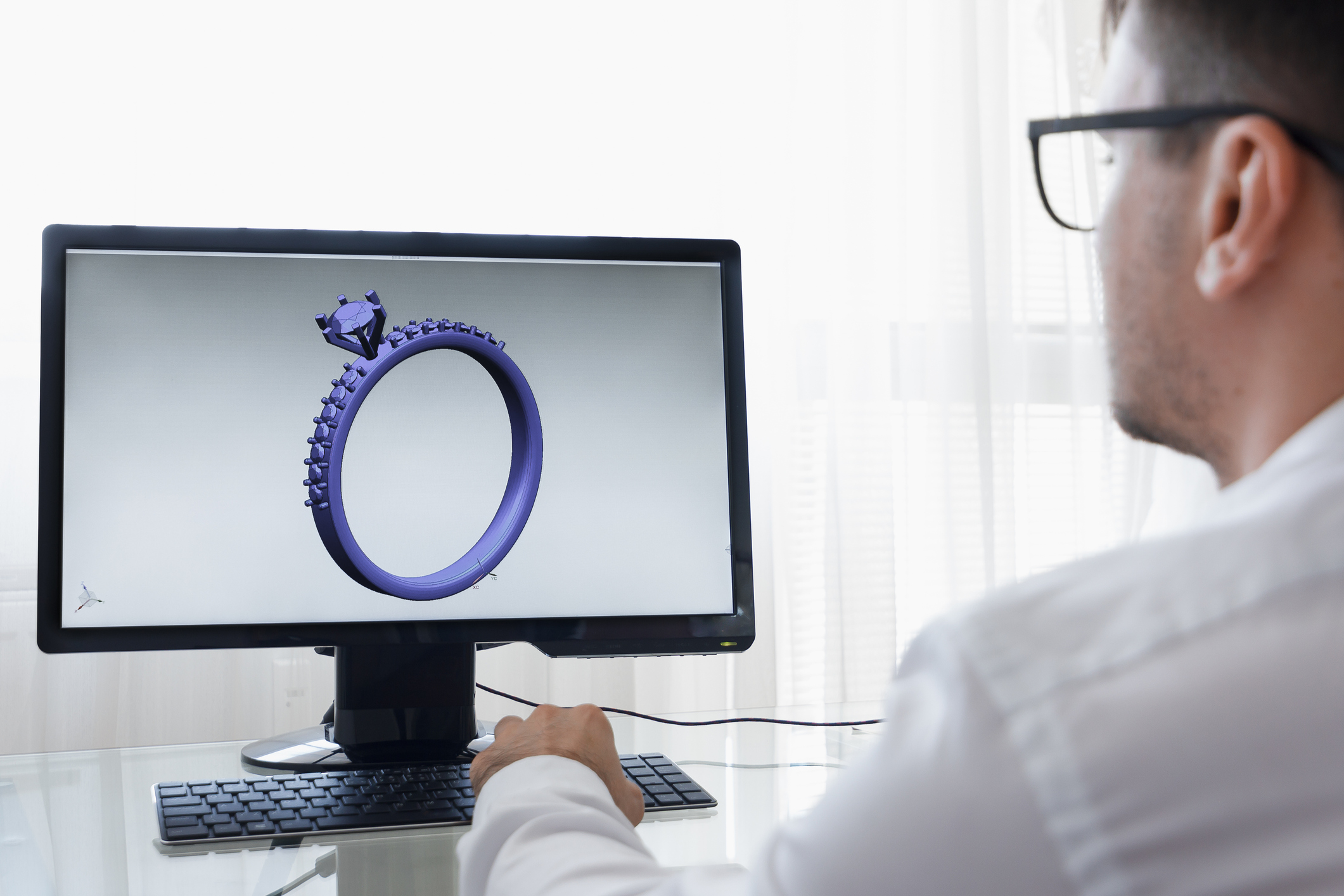Wondering how to build long-lasting relationships with your patrons and turn them into loyal customers? The key lies in how you implement and manage your clienteling process.
Luxury retail clienteling has many best practices, but at the heart of it, you're really just making connections with customers, nurturing relationships, and making the shopping experience one to remember and return to. Clienteling doesn't just happen in-person—though that is a major part of it—it also happens through online experiences when your customers have left your store.
Tiffany Crawford and her team at Garris Jewelers used to focus their clienteling efforts only when their customers were physically in their store. But after implementing Clientbook, the digital sales assistant app for jewelers, they were able to extend their clienteling efforts beyond the store.

“Before Clientbook, consistently communicating with customers was impossible. Now, we get reminders when to follow up and even have pre-built templates to send texts in seconds. It’s like having an extra team member who’s an expert on my industry. It’s such a comfort to have someone I know and trust looking out for me and my business.”
So what does virtual clienteling look like in practice? How can you improve your manual clienteling and level up the physical retail experience?
What is clienteling?
Clienteling is a technique used by retail associates to build long-term relationships with key customers through personalized interactions and one-to-one interactions
Clienteling is also known as relationship-based selling, where customer relationships are the basis of any interaction in the retail space. Clienteling involves sales teams keeping track of who comes into the store, noting customer preferences, and then creating personalized experiences and recommendations to build a personal customer experience along the way.
Personalized service is everything when it comes to clienteling. Incorporating clienteling in your retail strategy has several benefits for your retail business, including increasing your sales, driving repeat business, and differentiating you from competitors.
The best part is, the benefits of clienteling will show up in your retail sales almost immediately, impressing and delighting your high-value customers.
Ready to start clienteling today?
Download our clienteling starter kit for free and start building customer loyalty
What are the major differences between digital clienteling and manual clienteling?
Digital clienteling (also known as virtual clienteling) and manual clienteling are two approaches used by jewelry and luxury retailers to build and maintain relationships with their customers, but they differ in terms of tools, methods, and channels used. Here's an overview of the differences between the two:
Digital clienteling
What does digital clienteling entail? Here are some of the key features you'll see in digital (virtual) clienteling that make it a successful practice:
1.Technology driven: Virtual clienteling relies heavily on technology, including customer relationship management or CRM software, personalized messaging tools, and data analytics software.
Digital clienteling leverages software, like Clientbook, to manage and maintain all the records of your customers and reduce the manual tasks involved in knowing who your customers are, what their specific preferences are, and know when is the right time to reach out and get them back into your store.
Digital clienteling reduces your sales associates’ administrative time documenting and tracking your customers, and frees up your team to focus on the tasks that generate the most impact.
2. Omnichannel approach: An omnichannel approach involves engaging with customers across various digital channels, such as email, social media, websites, and mobile apps. It aims to provide a seamless and consistent experience across these channels.
Digital clienteling solutions make it easy to interact with a customer on a personalized level whether they contact your retail store via Facebook or other social channels, email, or SMS.
3. Data-driven: Digital clienteling uses customer data and marketing analytics to personalize interactions. It tracks customer behavior, preferences, and shopping history to tailor recommendations and offers.
4. Automation: Automation is a key feature of digital clienteling. Automated emails, chatbots, and personalized product recommendations are common tools used to engage with customers.
Automations like those found in Clientbook make it faster and easier for your sales associate to connect with a customer with an accurate and relevant touch point that increases the customers’ feeling of a personal, one-to-one relationship with your store.
5. Scalability: Digital clienteling can be more scalable because it leverages automation and data analysis to reach a large customer base efficiently, but with a personalized message.
6. Real-time communication: It allows for real-time communication with customers through chat features, instant messaging, and personalized notifications.
7. Analytics and reporting: Businesses can track the effectiveness of their digital clienteling efforts through analytics and reporting tools, allowing for continuous improvement.
More importantly, digital clienteling tools like Clientbook give you and your management team reporting insights to understand the activities and productivity of your sales associates working to be clienteling high performers.
Manual clienteling:
Manual clienteling refers to customer relationship management methods that rely on manual tracking and physical interactions. While effective in creating personalized customer experiences, manual clienteling comes with significant limitations:
1. Burden of manual tracking: Sales associates must manually document and track customer preferences, purchases, and interactions, often using outdated systems or personal notes. This approach is time-consuming and prone to error.
2. Lack of visibility for store management: Without digital tools, store managers have limited insights into customer relationships, making it difficult to evaluate sales associate performance or identify trends.
3. Knowledge gaps with employee turnover: When a sales associate leaves, critical customer insights often leave with them. New employees struggle to pick up where their predecessors left off, leading to potential service disruptions.
4. Time-consuming administrative tasks: Associates spend valuable time inputting data and looking up customer purchase histories, taking focus away from meaningful, high-impact interactions with clients.
5. Limited access to actionable insights: Finding timely and relevant offers or matching past purchases to new opportunities requires manual research, reducing efficiency.
Digital and manual clienteling with Clientbook
Clientbook is the digital sales assistant app for jewelry and luxury retailers used for modern clienteling to make their teams clienteling rock stars and make more money. With Clientbook’s clienteling software, personalization at scale is possible and easy to deliver consistently across your entire team.
With features that allow for unique customer profiles, analytics that provide valuable customer insights, and messaging that improves customer communications, there’s a reason more than 1,000 jewelry and luxury retailers use Clientbook to grow their business.
Clientbook bridges the gap between the personal touch of manual clienteling and the efficiency of digital tools. With features like automated reminders, centralized customer profiles, and actionable insights, Clientbook empowers your team to deliver exceptional, personalized service while minimizing administrative burdens. Start your journey to modern clienteling—book a demo today and see how digital clienteling can transform your customer relationships and drive sales.





